The Little River Inn recently extended an invite to attend their first ever Ferment and Forage Experience celebrating the gathering food from the land and sea. I grew up picking blackberries on bushes at summer camp and eating vinegar ants right out of the ant hill. After hearing countless stories of how friends foraged for mushrooms and the like in my metaphorical backyard, I wanted to learn how.
The Little River Inn brought Kevin from Countryman Forager, folx from Freedive Shop, Erica from Rising Tide Sea Vegetables, and the Inn’s own manager and resident fermenter, Cally, for foraging and cooking demos. If you’ve ever been curious about eating in the wild, this event is an excellent stepping stone.
The Ferment and Forage Experience began with a small welcome reception, a taste of the weekend to come. My friend and I arrived late from the Bay Area. We missed Kevin’s talk about his background and foraging, but managed to catch the tail end of hor d’oeuvres and drinks.
Foraging on Land
The next day began with an unofficial pre-forage event right after breakfast. We walked up to the Little River Inn’s expansive, Audobon-certified golf course to find salal berries for our evening meal. The berries were just ripe, but not quite in full flush (where there are more ripe berries than not), unfortunately.
At 9, the real, official fun began. Kevin walked us around the Little River Inn property, showing us native plants and their uses.
Pineapple weed, or wild chamomile, grows in disturbed soils. Think trail or vacant lot. A close relative of chamomile, the plant gives off a pineapple-y scent when crushed. Like chamomile, this plant as tea will put you to sleep in no time.
Poison hemlock isn’t called poisonous for nothing. When ingested, this plant is deadly; no antidote exists for it. It is often mistaken for wild fennel or yarrow. Look for the red “blood splatters” on the stem giving away its toxicity.
* Not to be confused with hemlock, the tree, which is not poisonous
Wild radish grew abundantly on the outskirts of the property. We snacked on several pods which tasted, unsurprisingly, like radish.
The previous night, the inn served nettle soup as a part of the welcome reception. Now, we got to see it up close and person and forage some of the leaves ourselves. Gloves came in handy for handling these. It’s called stinging nettle for a reason.
Thimbleberries, not quite ripe yet, on our walk. The berries turn bright red when ripe and resemble little thimbles when plucked. The leaves are quite fuzzy and soft, and apparently, make excellent toilet paper.
Foraging by Sea
We paused for lunch before resuming our foraging down at the beach. Erica from Rising Tide Sea Vegetables, ready to go in a wetsuit, joined us for this portion.
This little abalone washed ashore while we were on the beach, small and hungry, most likely migrating for food. Warm water conditions are currently threatening abalone populations. As the oceans continue to warm, sea stars are dying off and the abalone’s main source of food, kelp, grows more slowly.
Due to the lack of sea stars, purple urchin populations exploded. These sea urchins are decimating the abalone food source and starving the abalone. With the decline of abalone, the abalone fishery closed for the 2018 season. Therefore, this little critter was nestled back onto a rock with an abundance of seaweed in the intertidal zone to grow big and strong.
Gooseneck barnacles aren’t quite ready for consumption, due to harmful algal blooms. These animals are filter feeders, filtering toxins out of the water and into their fleshy bodies. We also found limpets, but these can only be harvested offshore, not in intertidal zones. Instead, Becky and I harvested a ton of sea lettuce (bright green) and nori (dark brown).
The day and Ferment and Forage Experience concluded with a cooking demo from the Freedive Shop, and dinner. Freedive Shop dove earlier in the day, searching for items that we could eat. Our demo consisted of cleaning a red sea urchin (aka uni) and scallop, accompanied by an assortment of seafood dishes by Chef Jason DeMers.
Dinner featured select items that we learned about throughout the day. We finished with a cheesecake that had salal berry syrup, foraged by us.
The Little River Inn
The Little River Inn was the perfect host with its enormous outdoor space. The golf course is an Audubon-Certified Cooperative Sanctuary, conserving natural resources. In addition, foraging was possible because pesticides are not administered to any of the surrounding foliage.
The Little River Inn is a standout location on its own. Situated conveniently off Highway 1, the Inn is incredibly close to Van Damme State Park and Beach, about 10-15 minutes walking distance. Mendocino is a short drive away. Cell service is spotty and the WiFi cuts in and out, making this the perfect place to disconnect without feeling too cut off from the rest of the world. The restaurant and adjacent bar boast delicious and creative meals that will leave you undoing the top button of your pants.
Last updated on May 3, 2019.

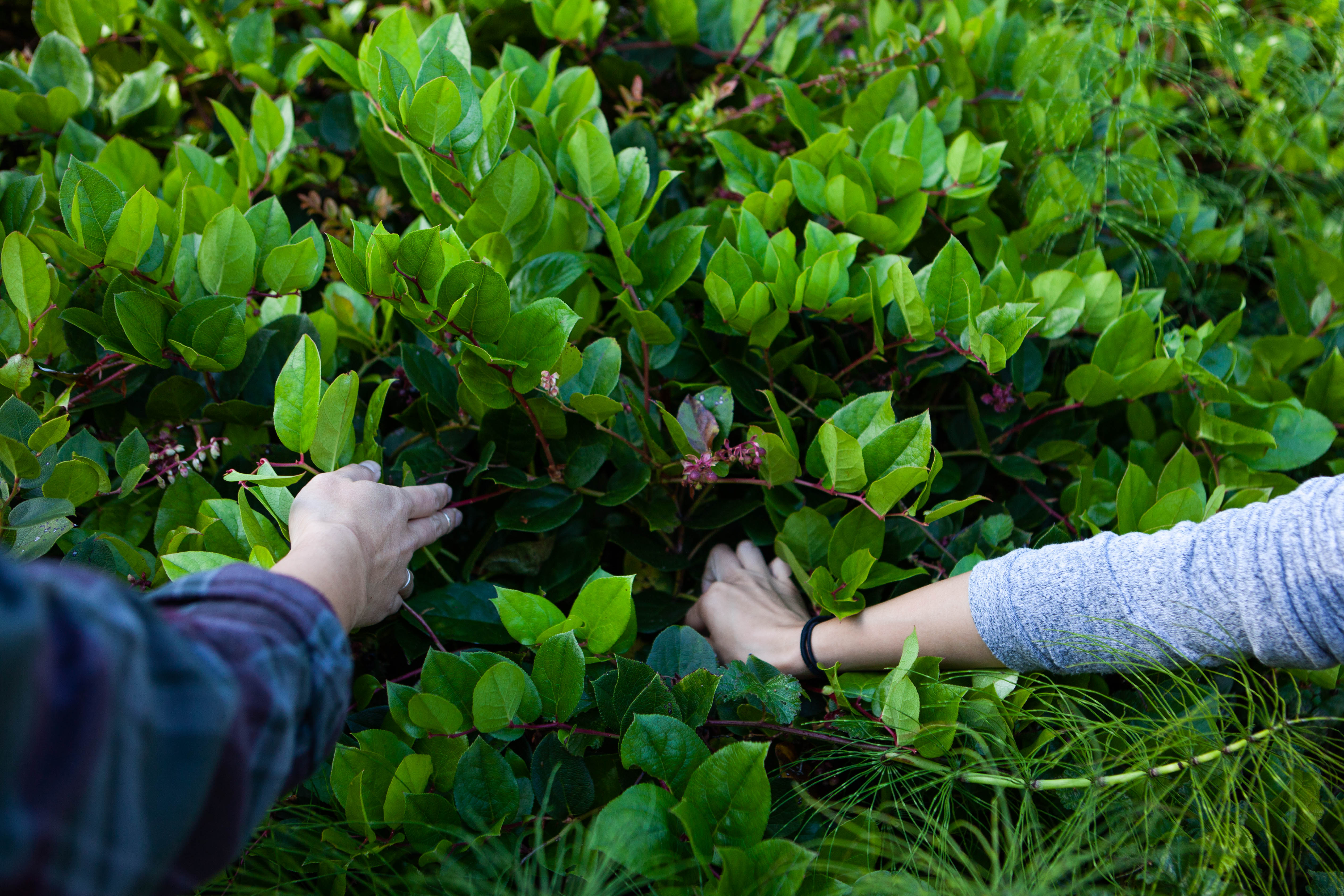
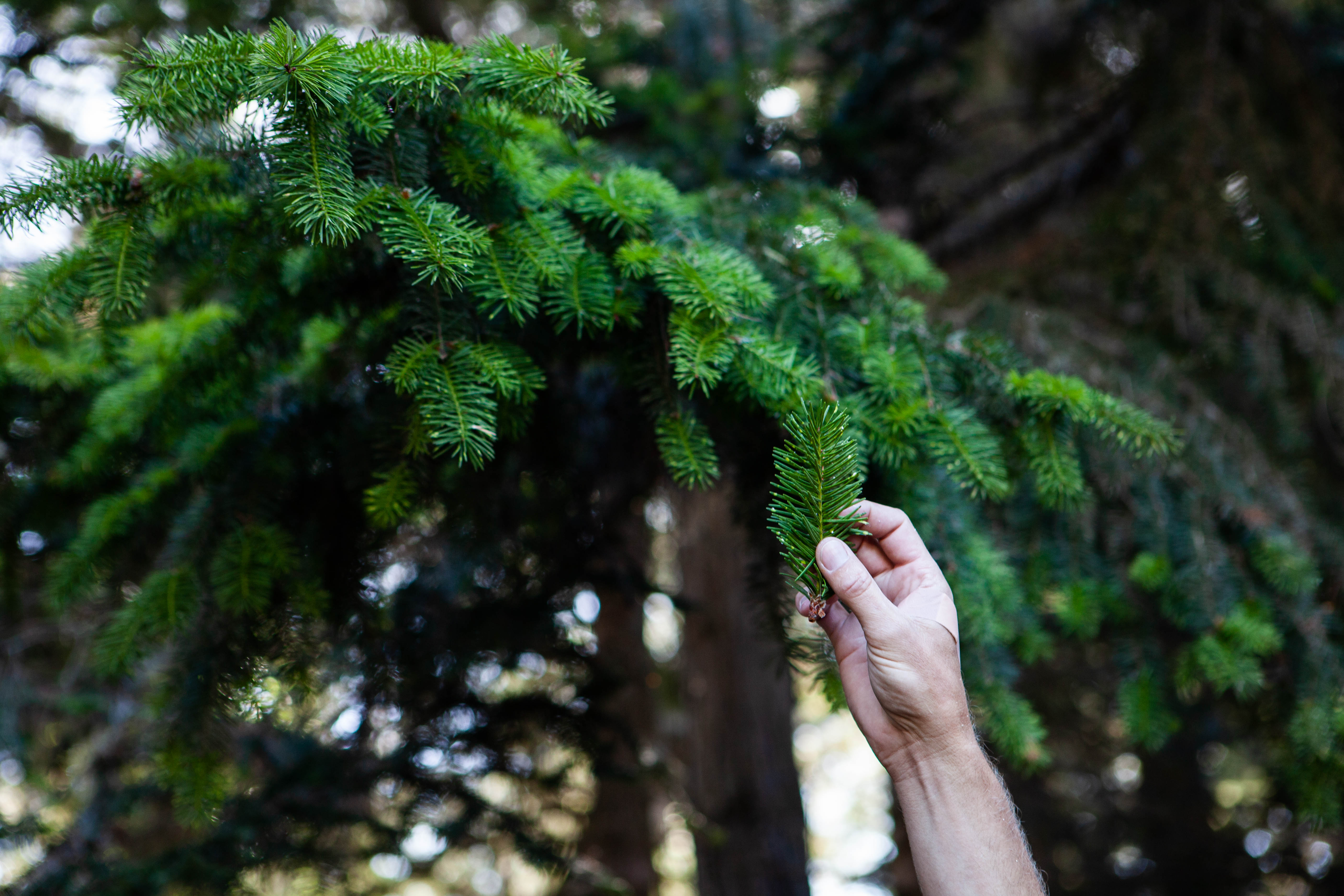
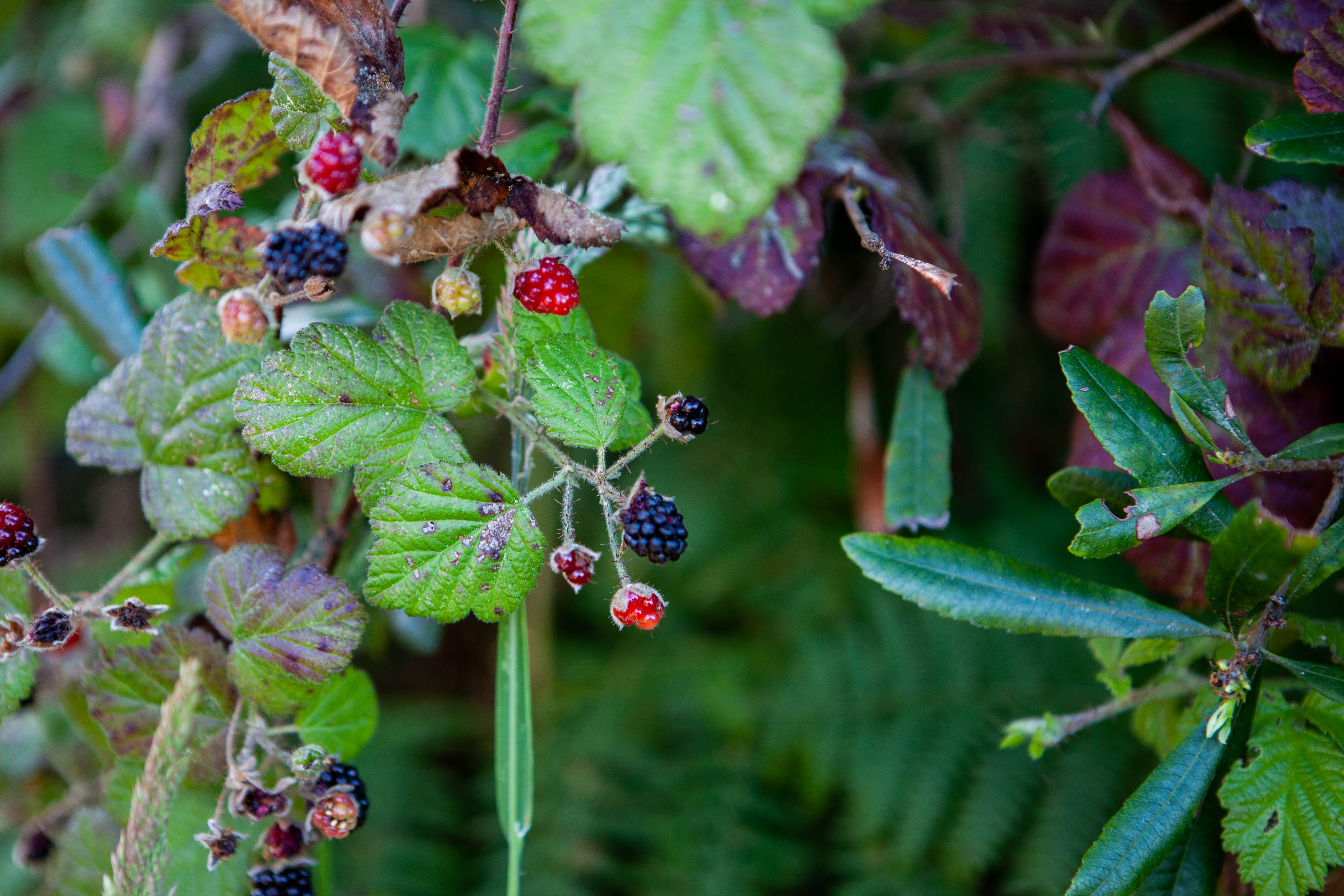
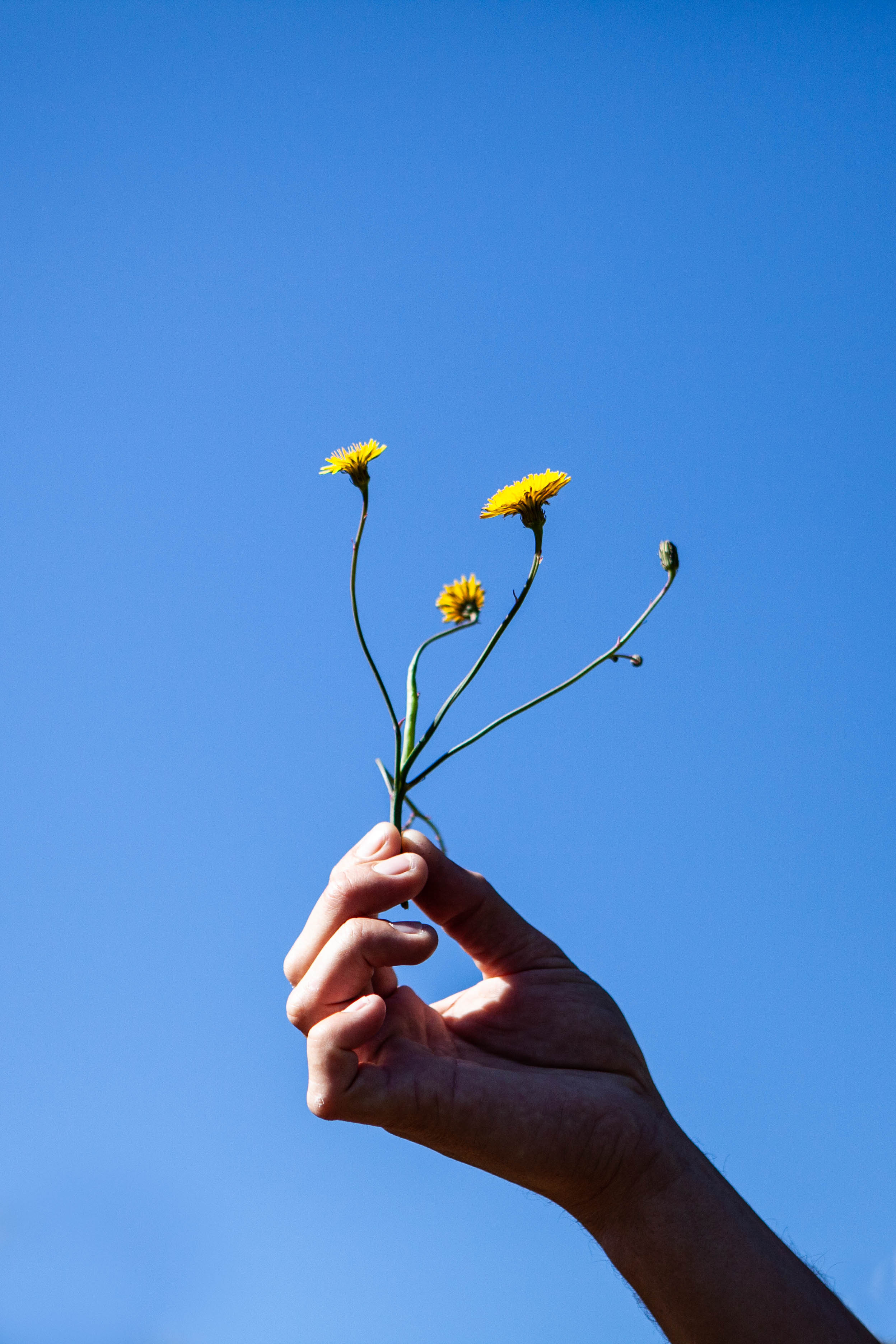
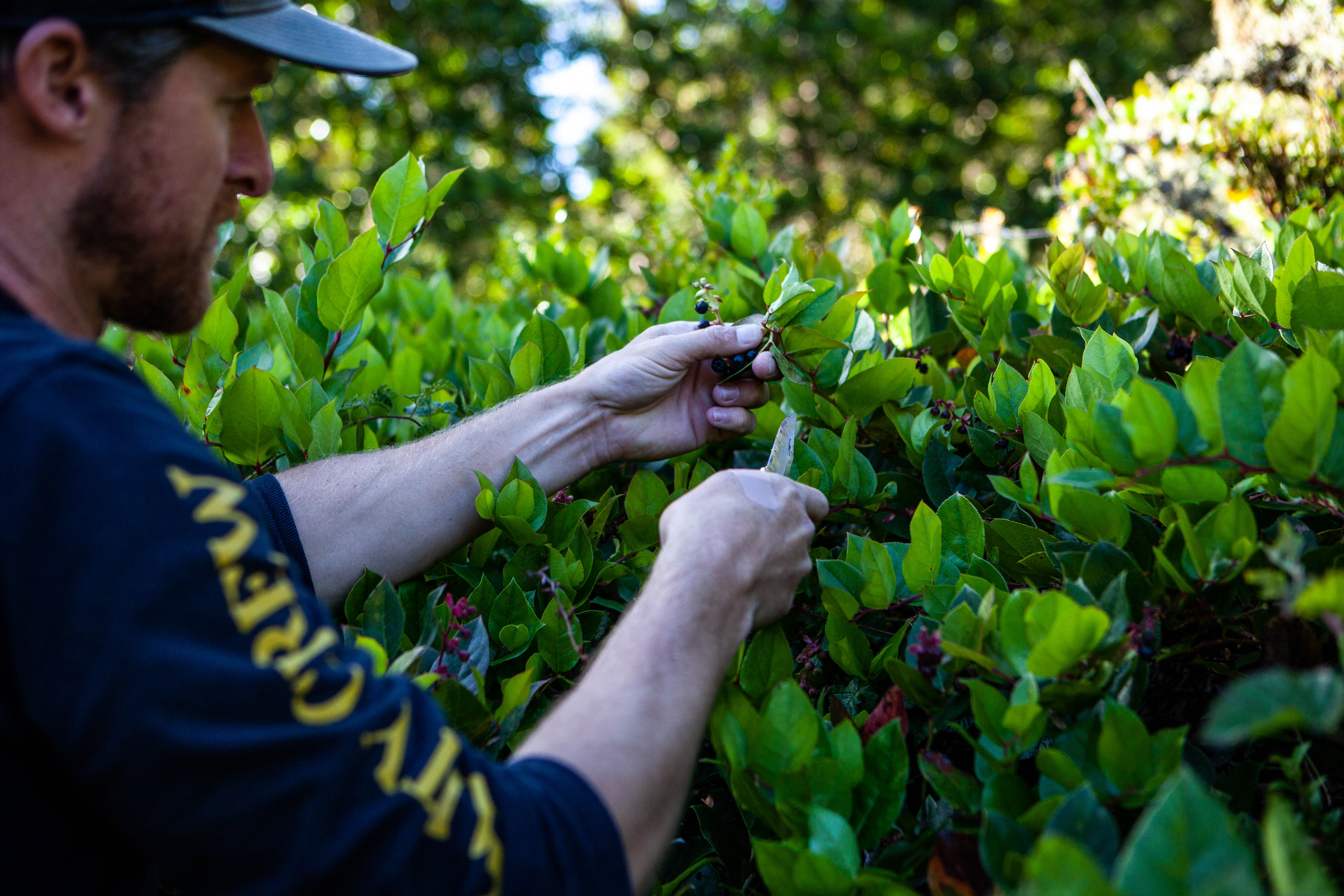

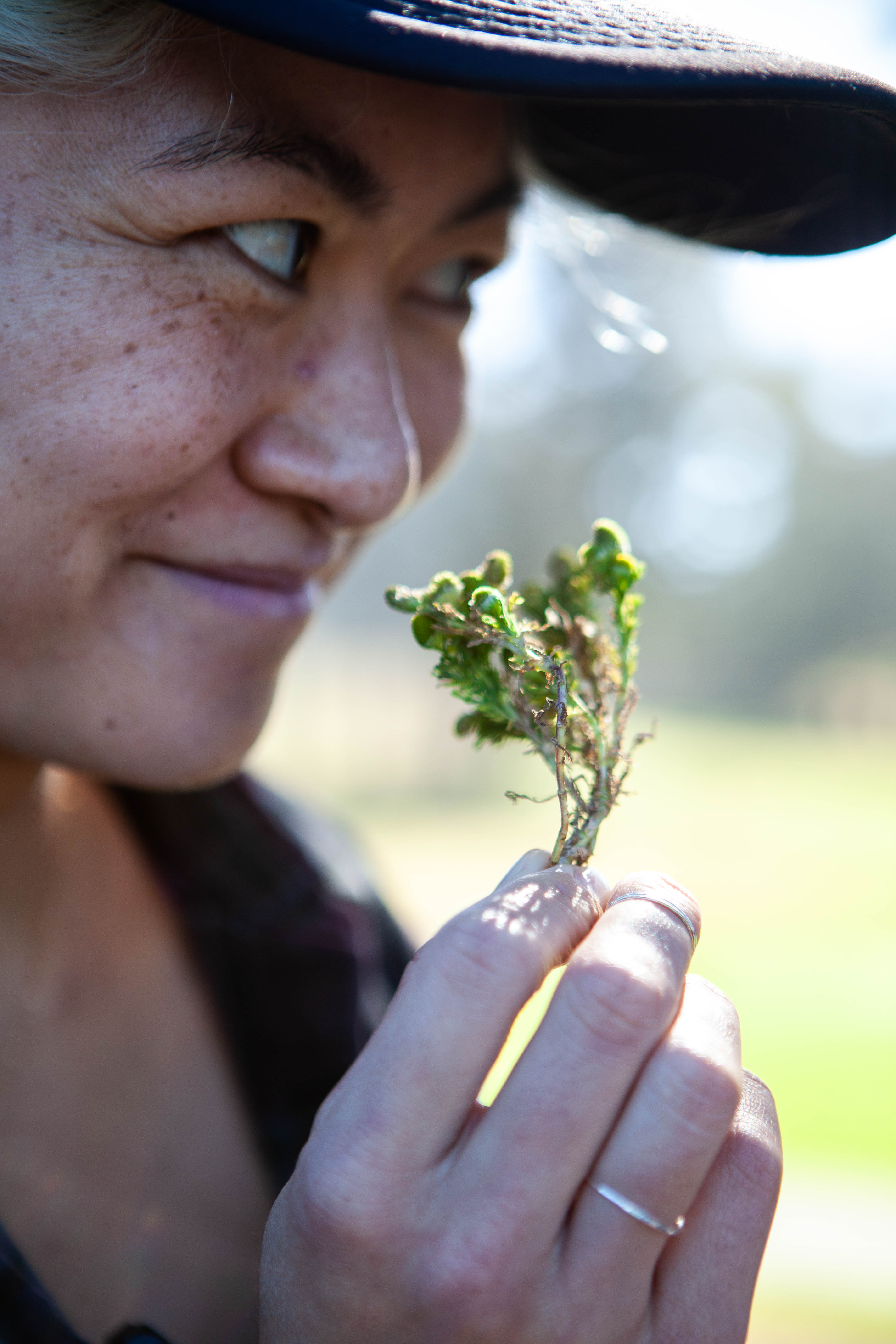
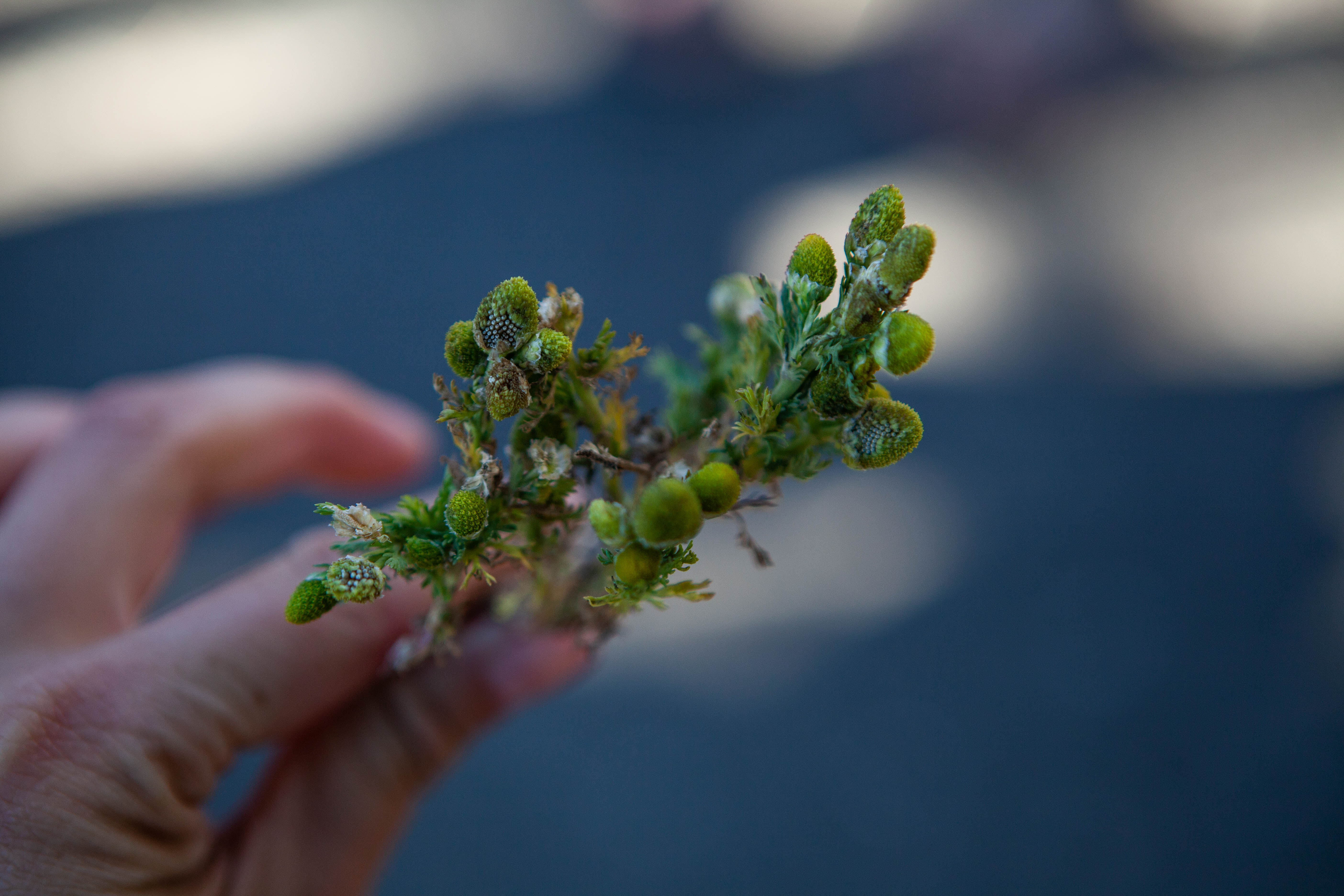
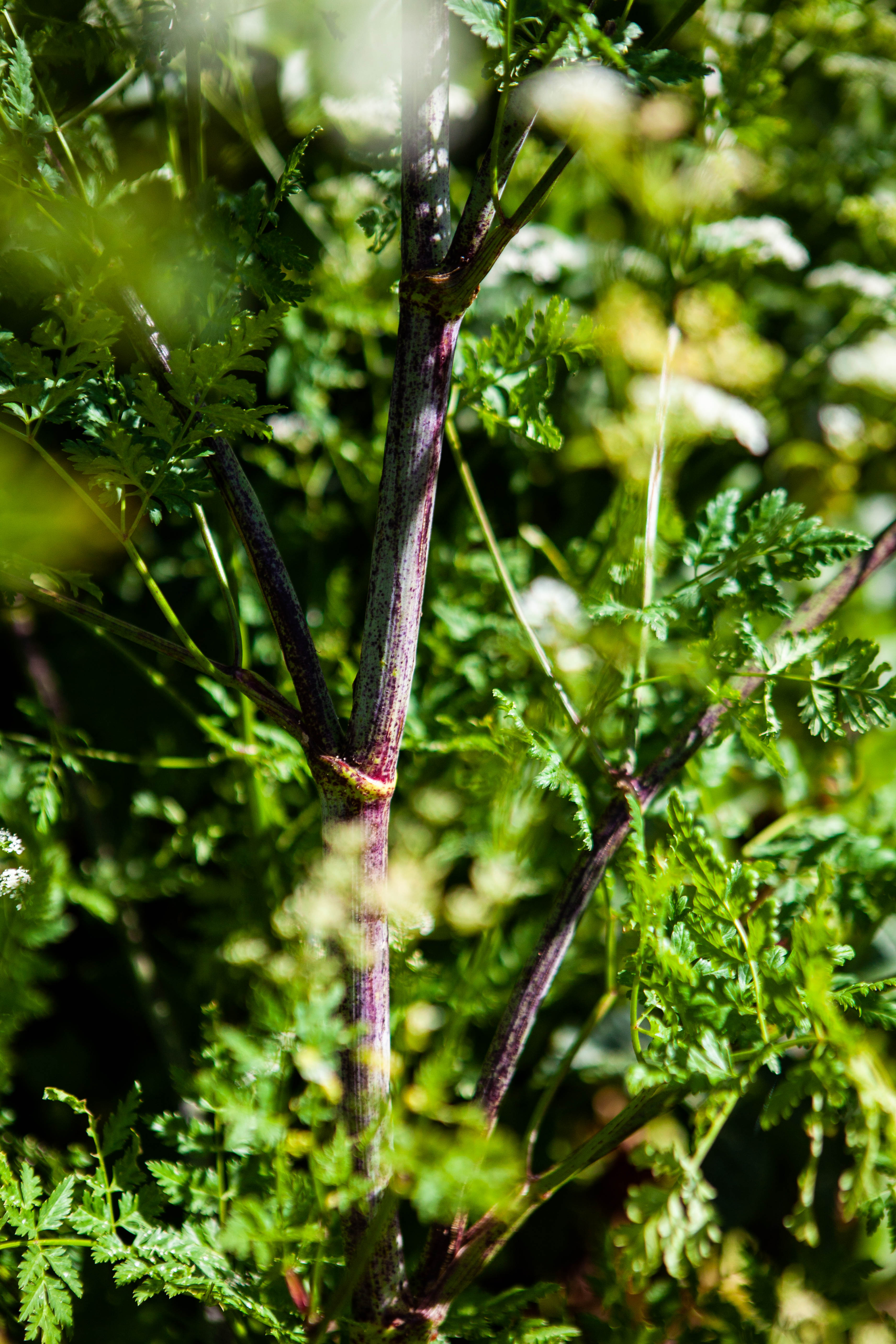
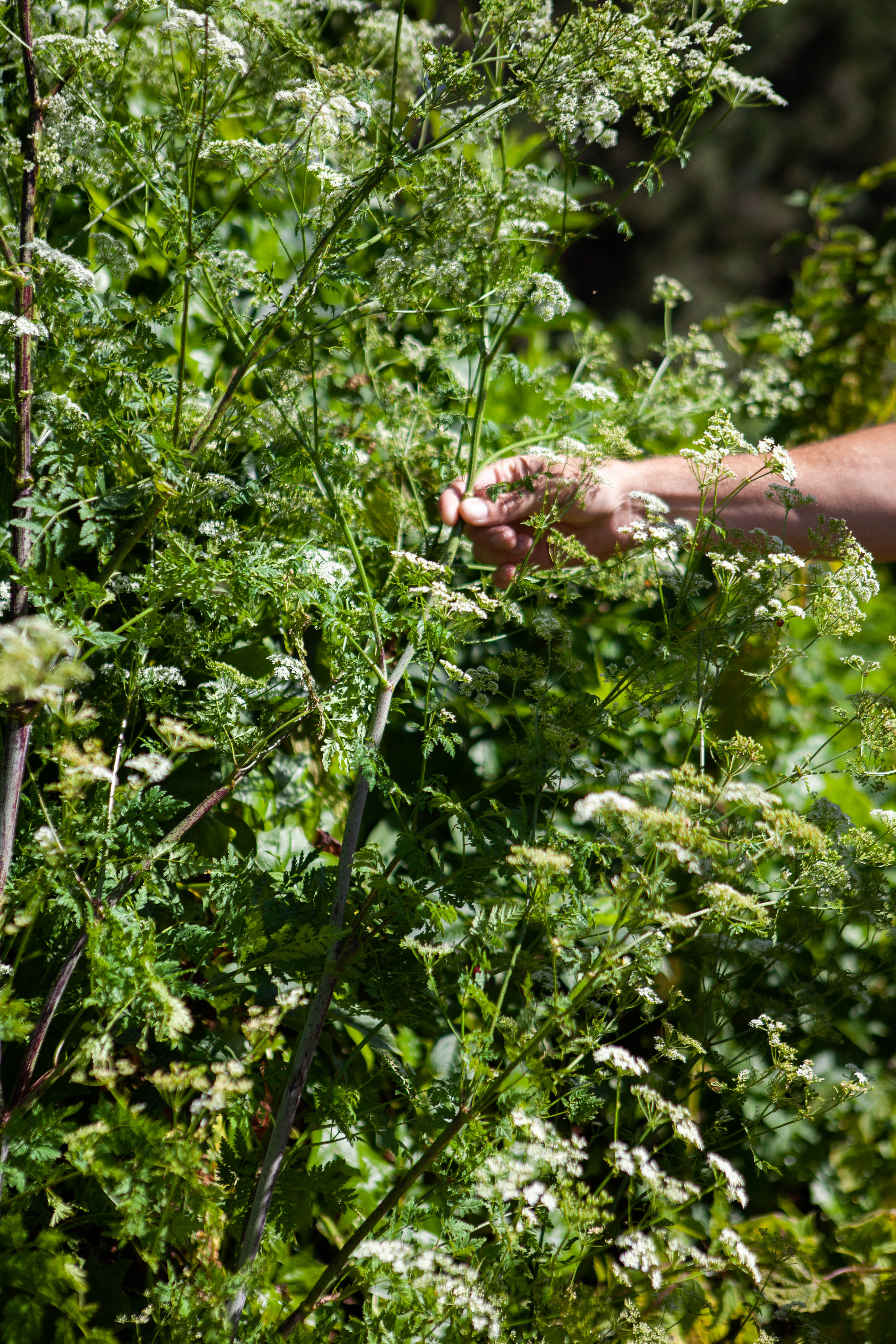
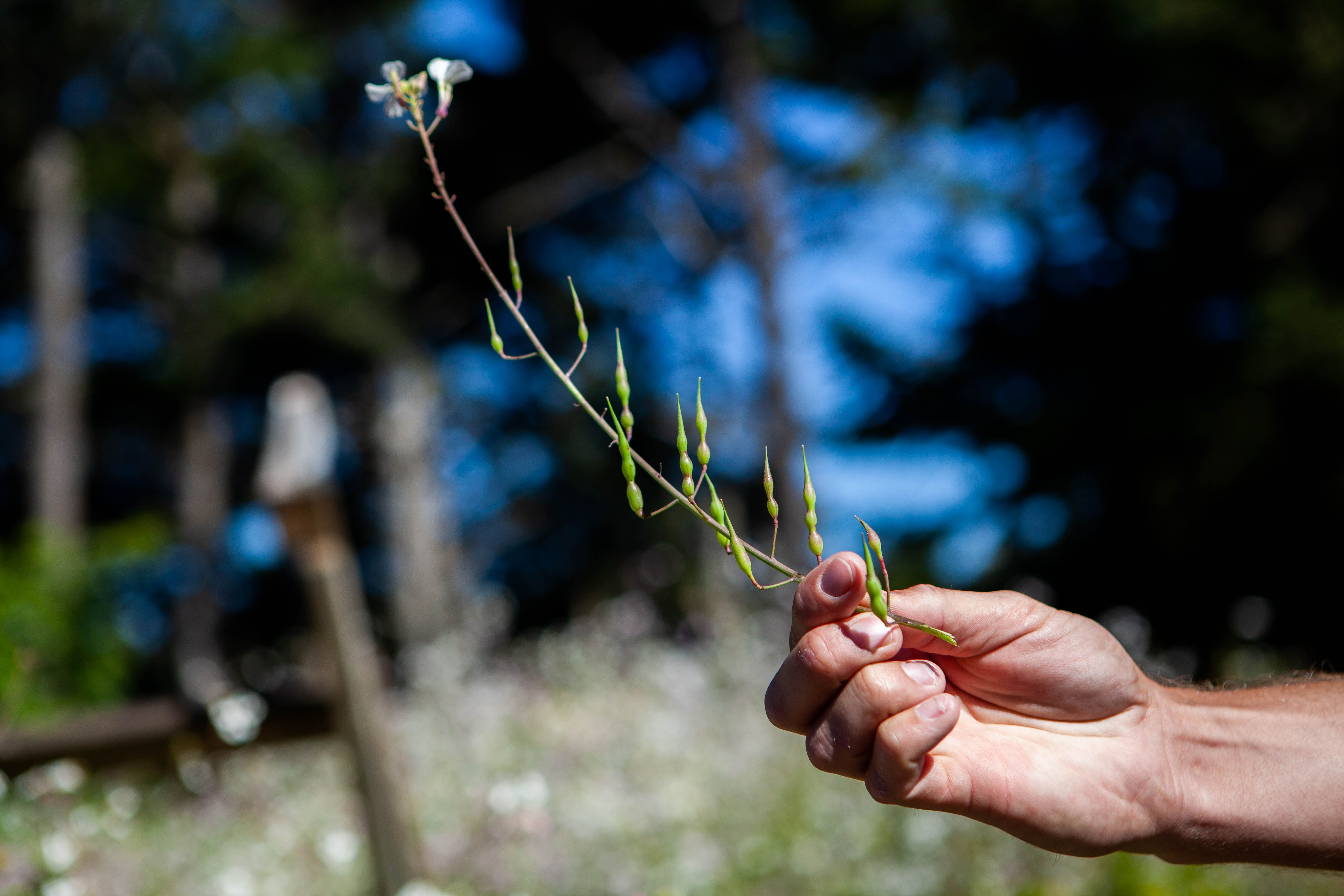
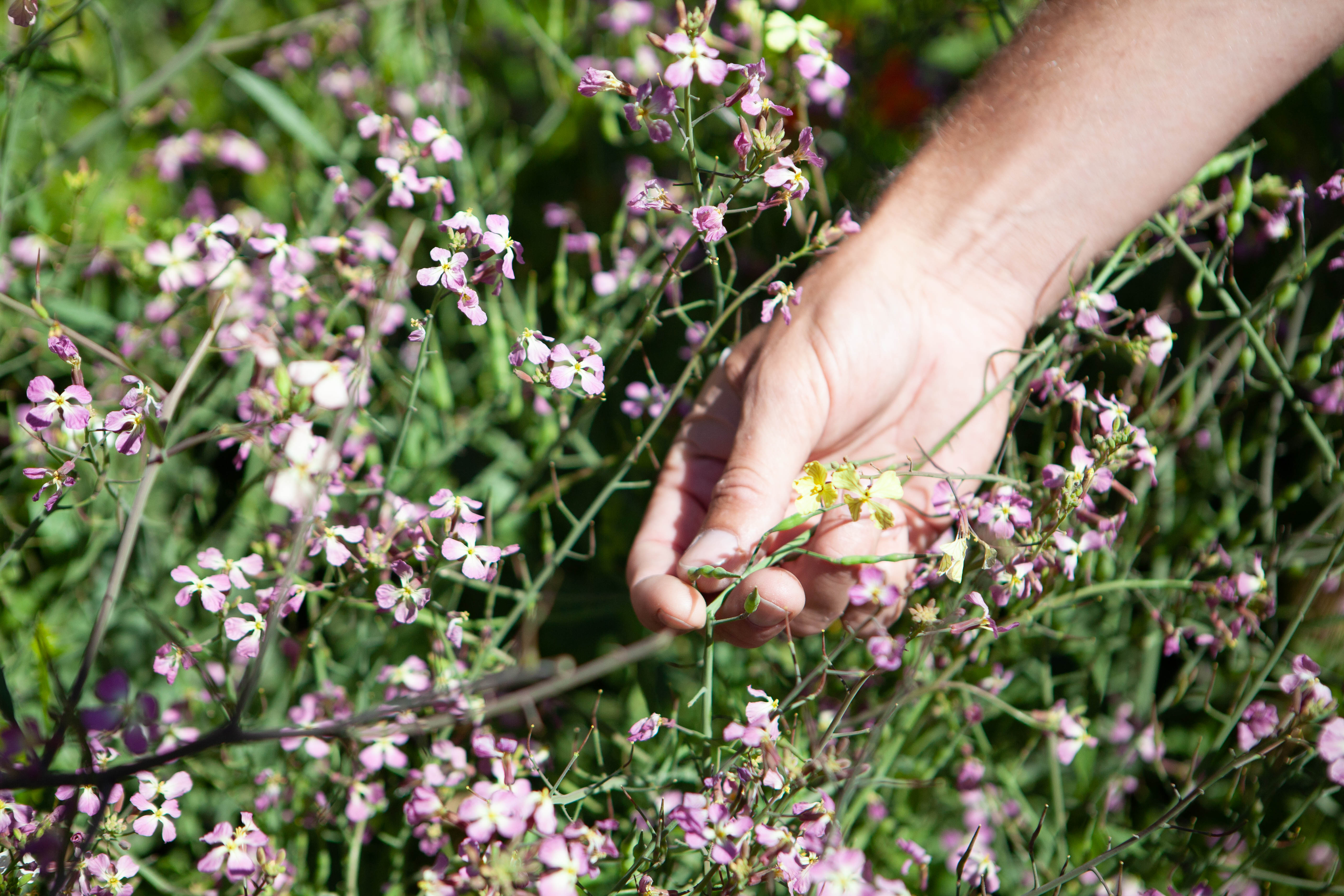
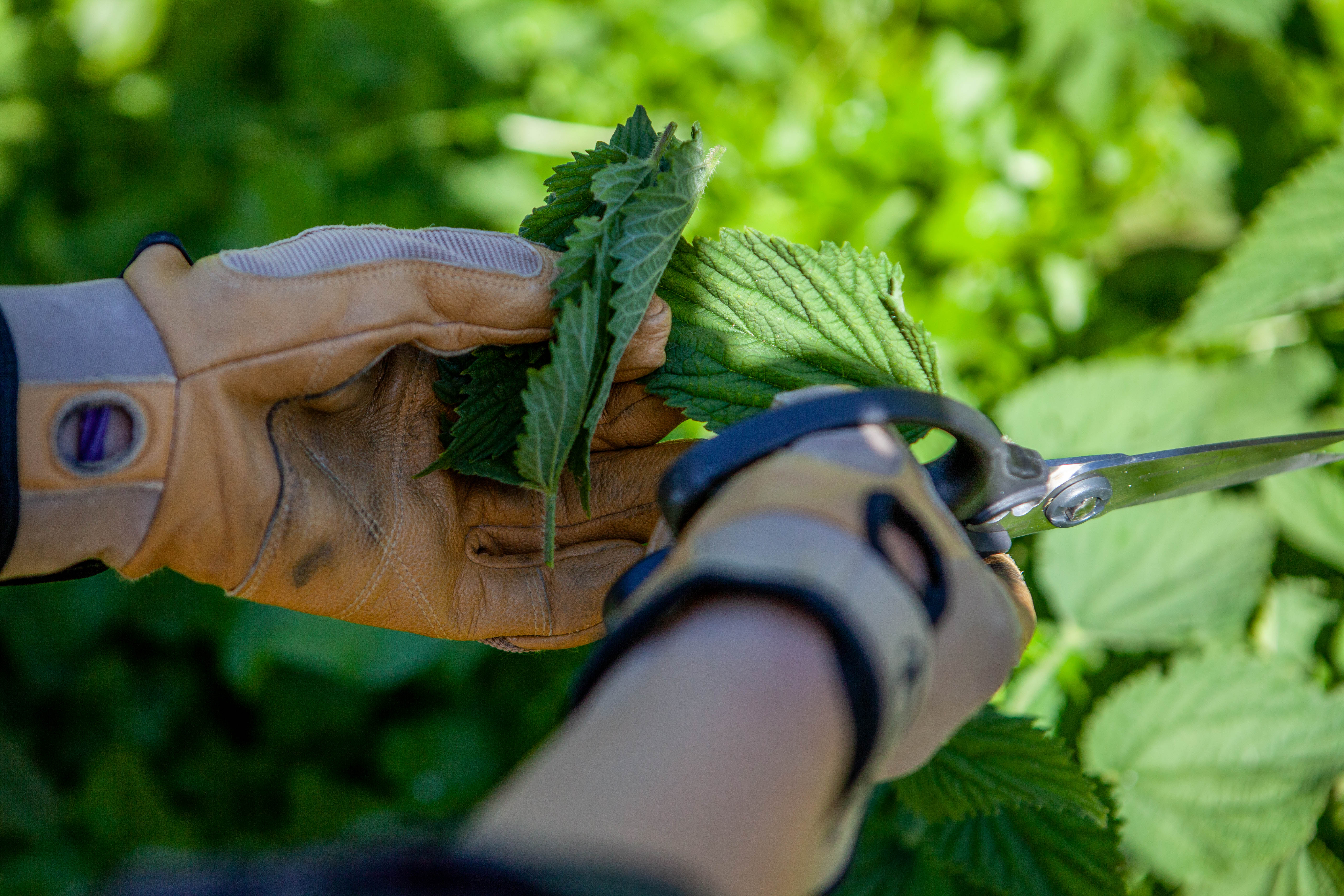
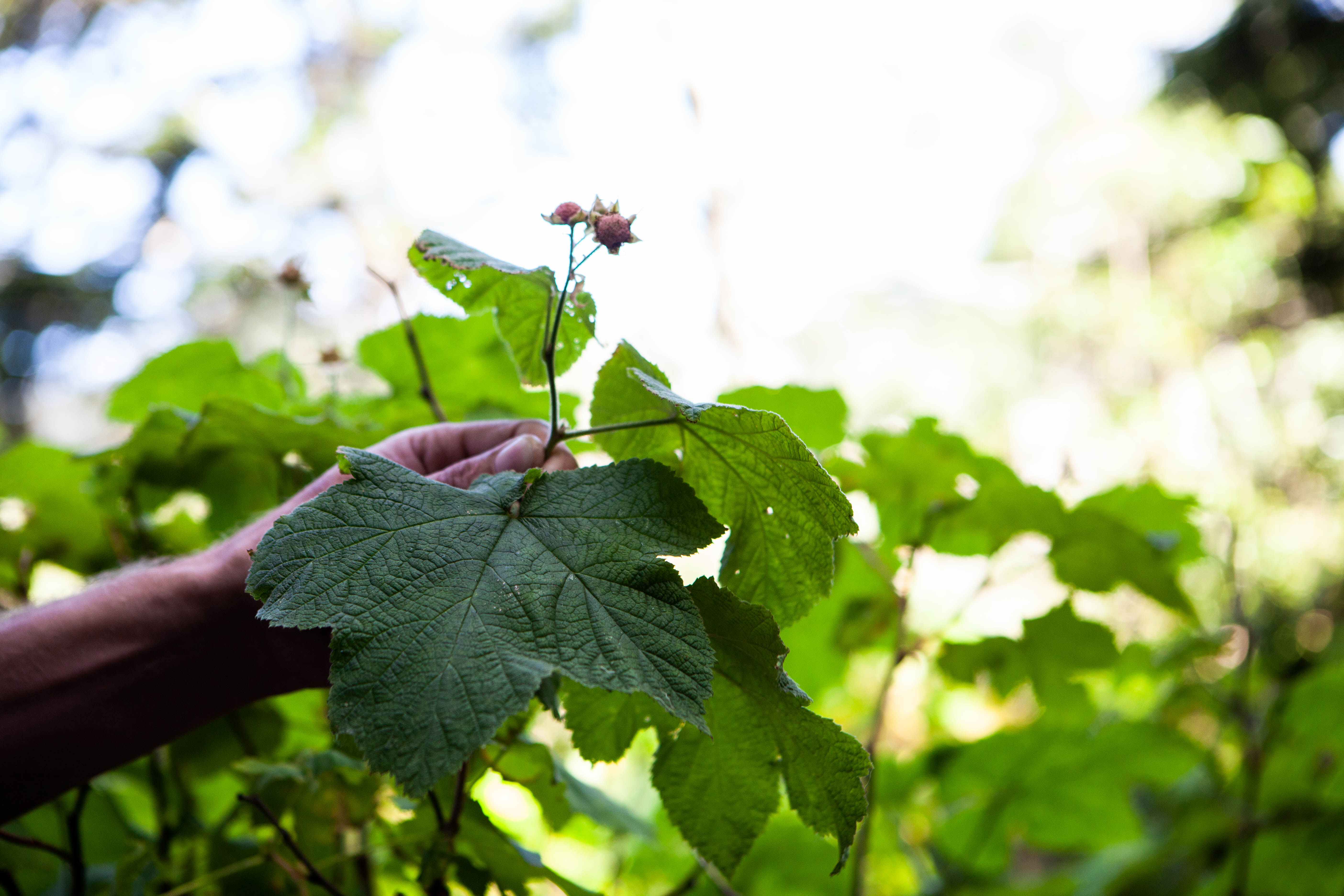
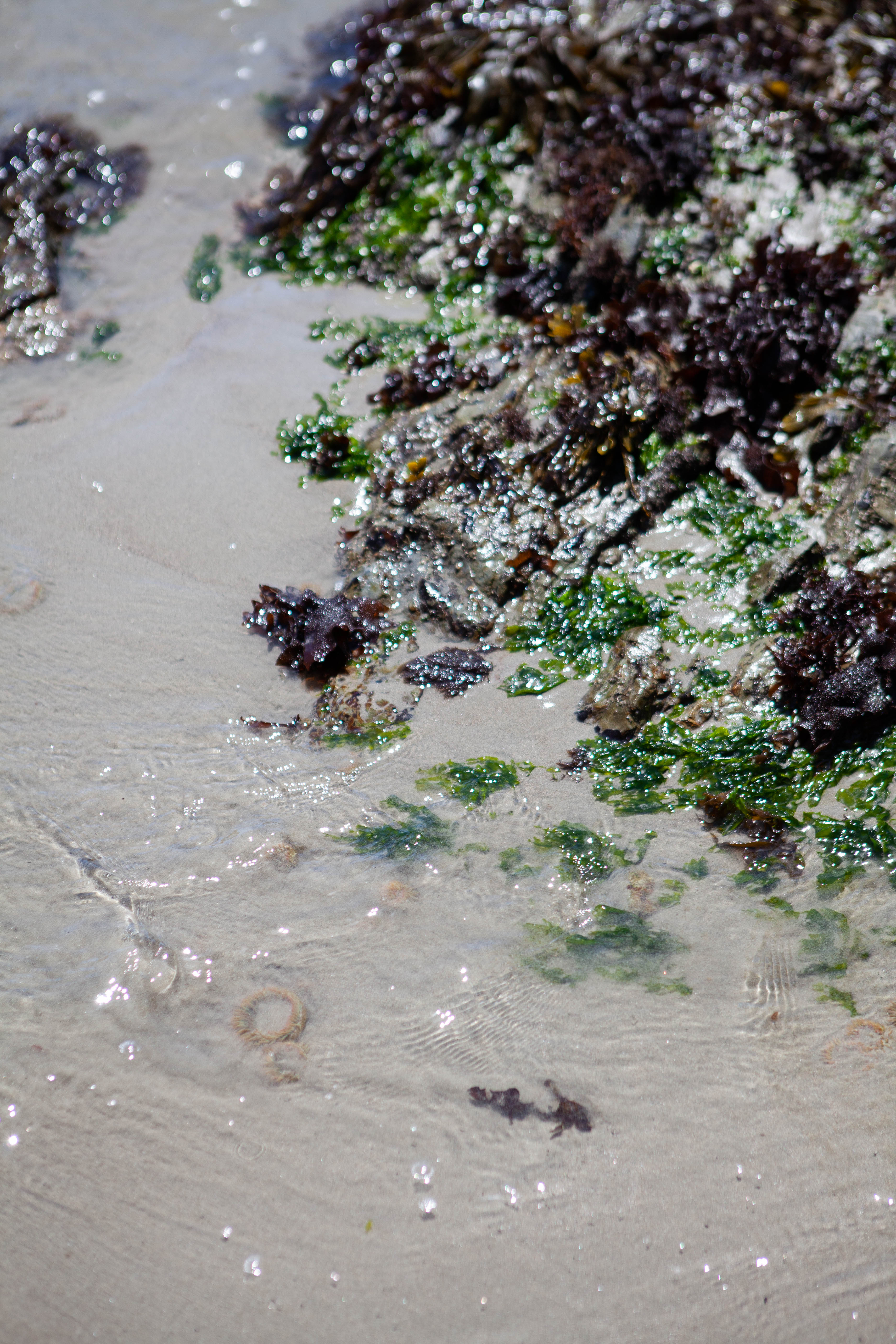

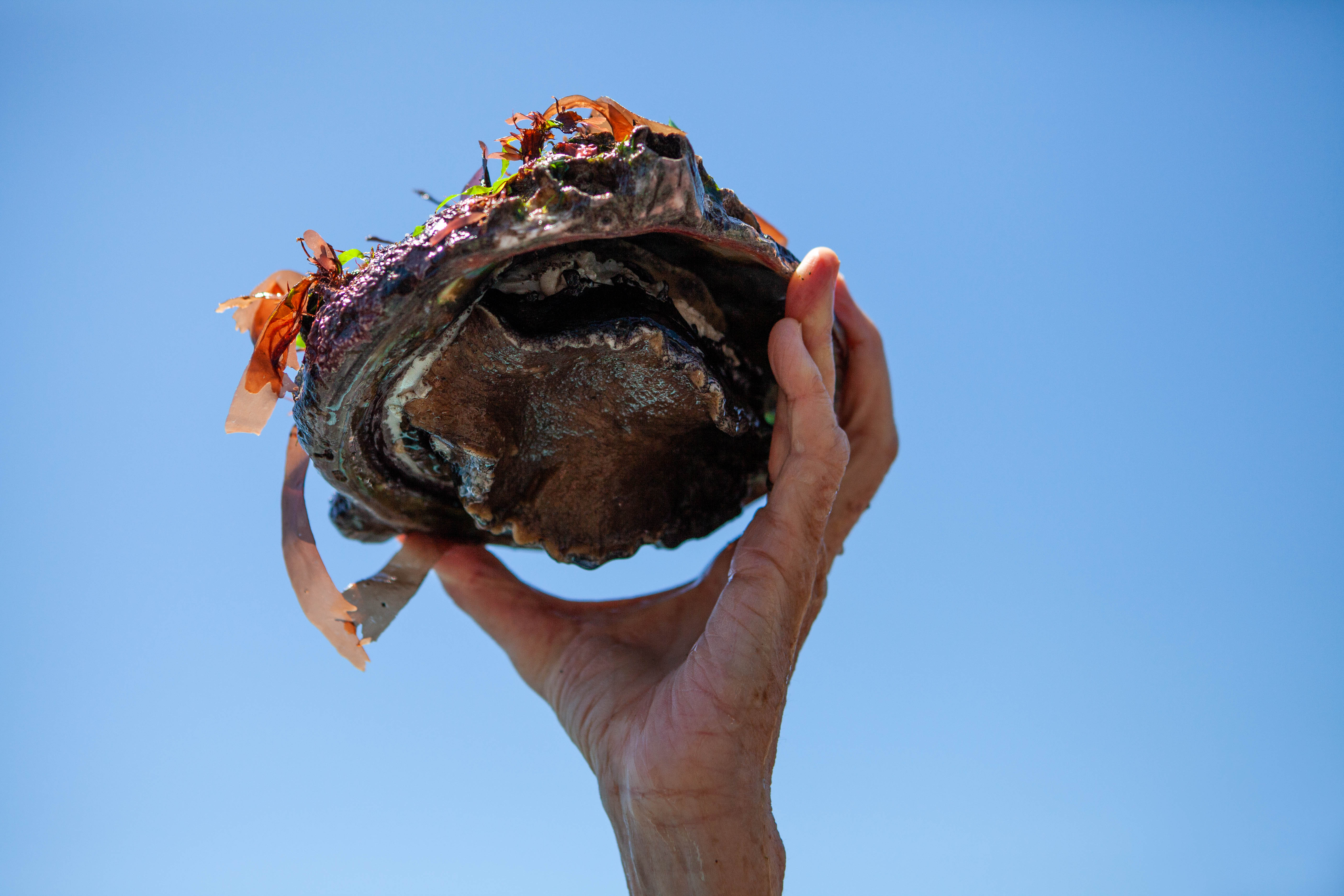


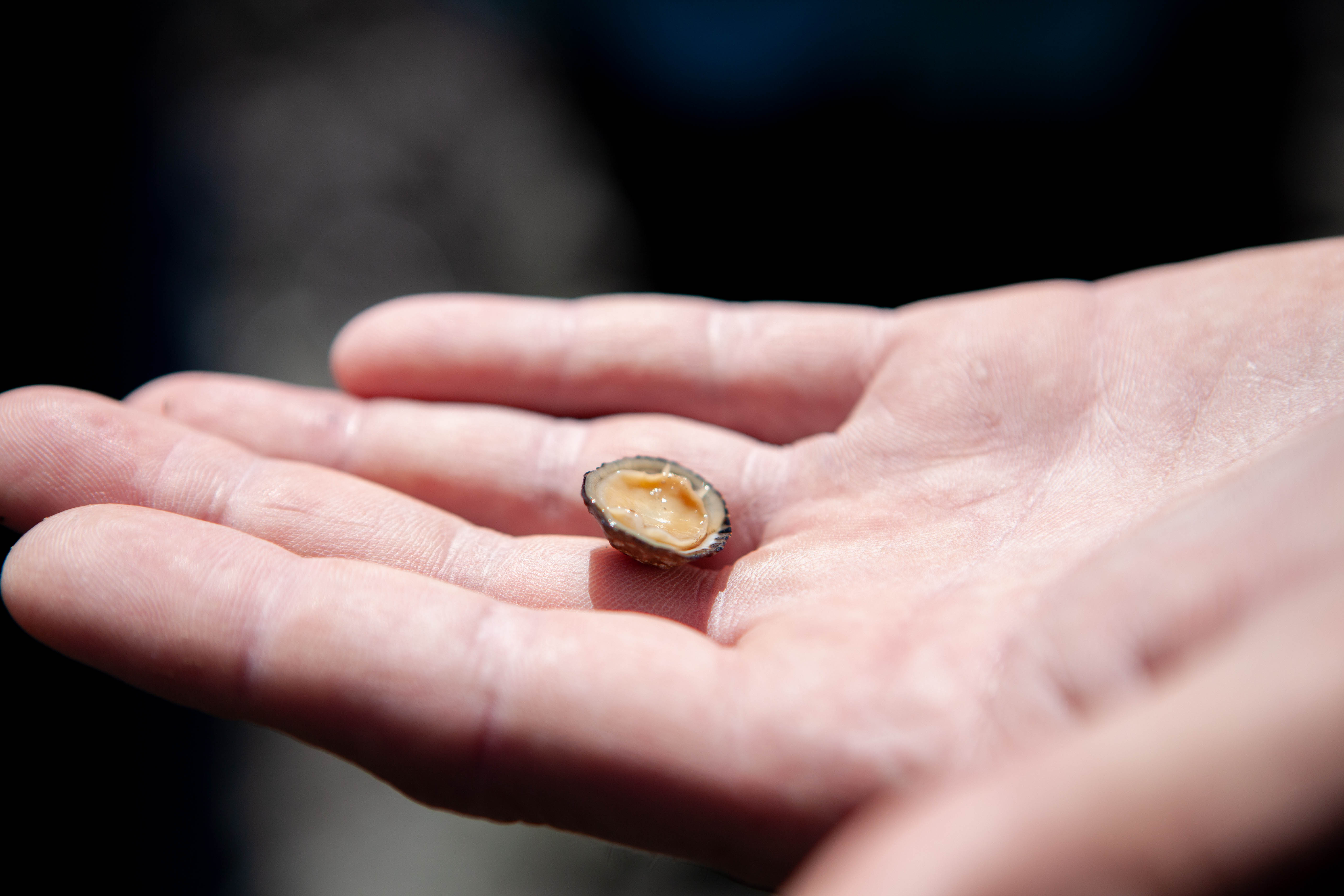
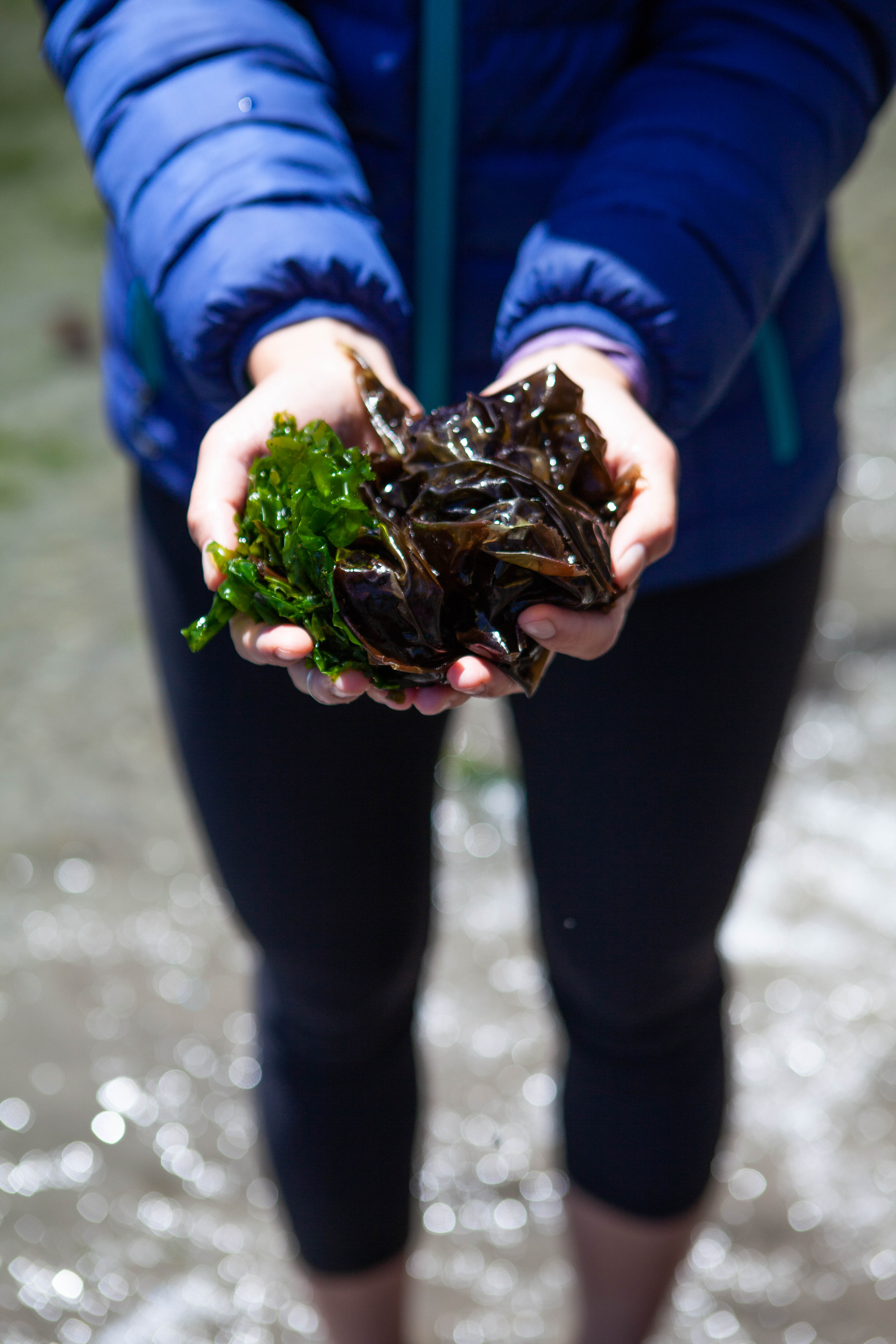
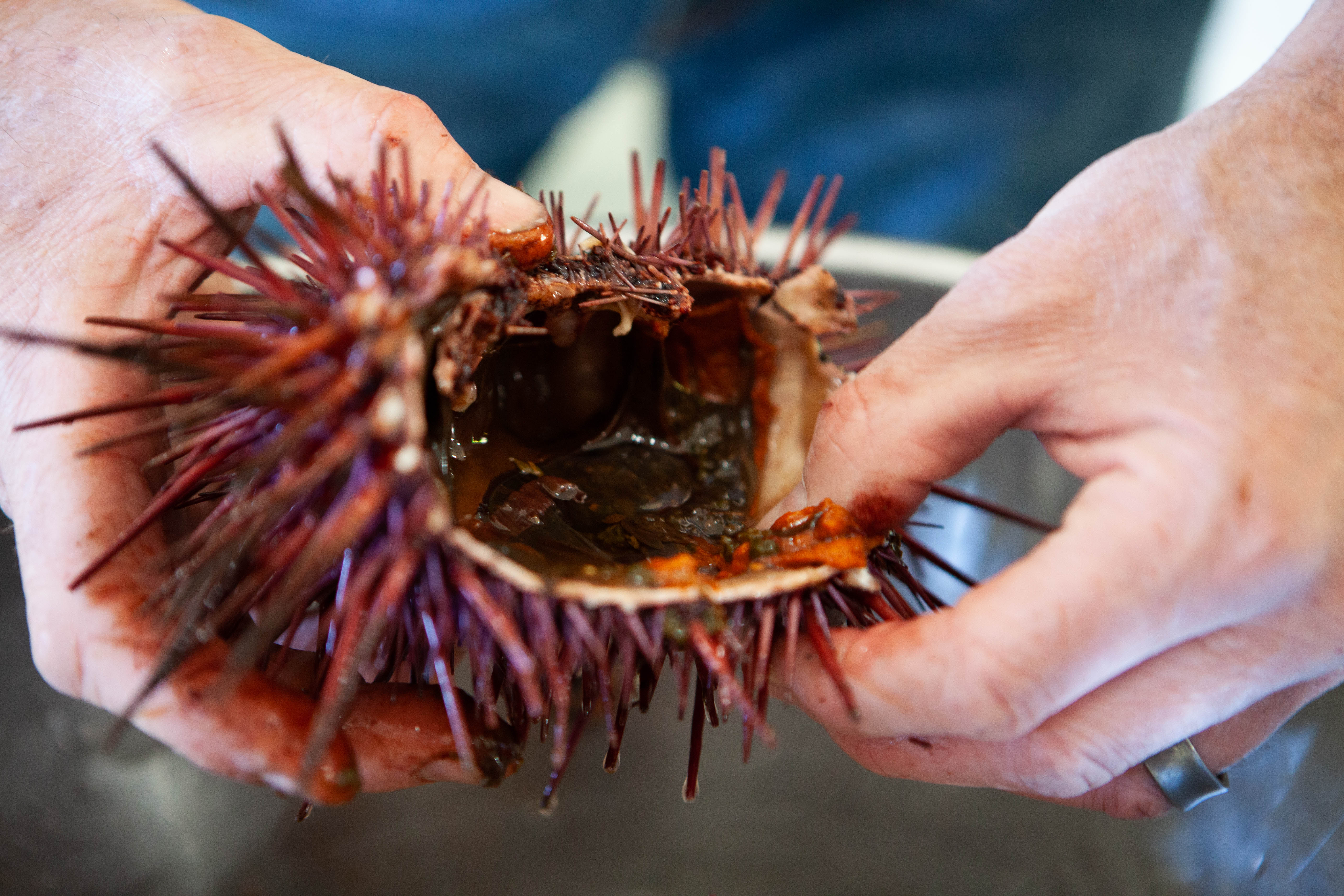
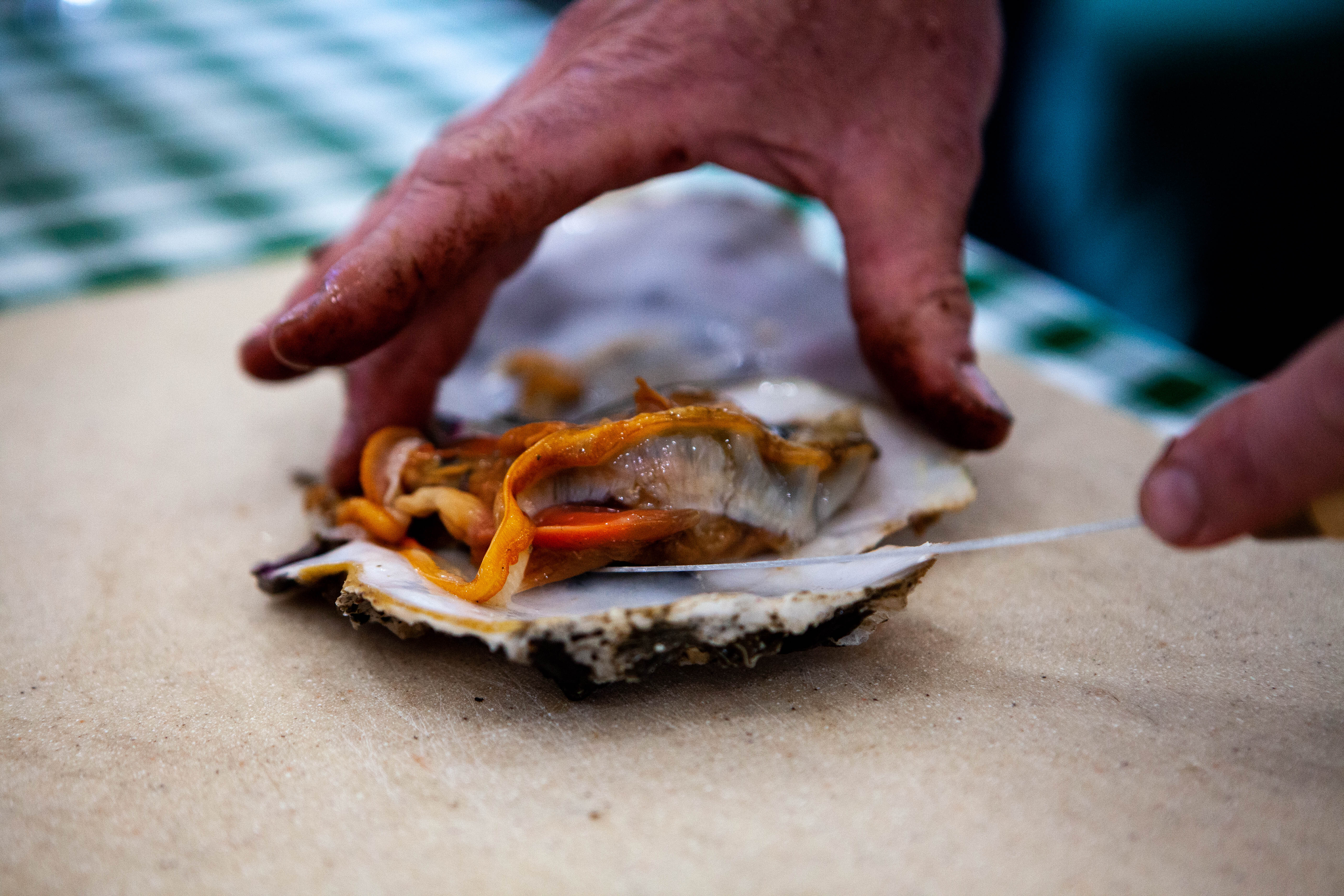
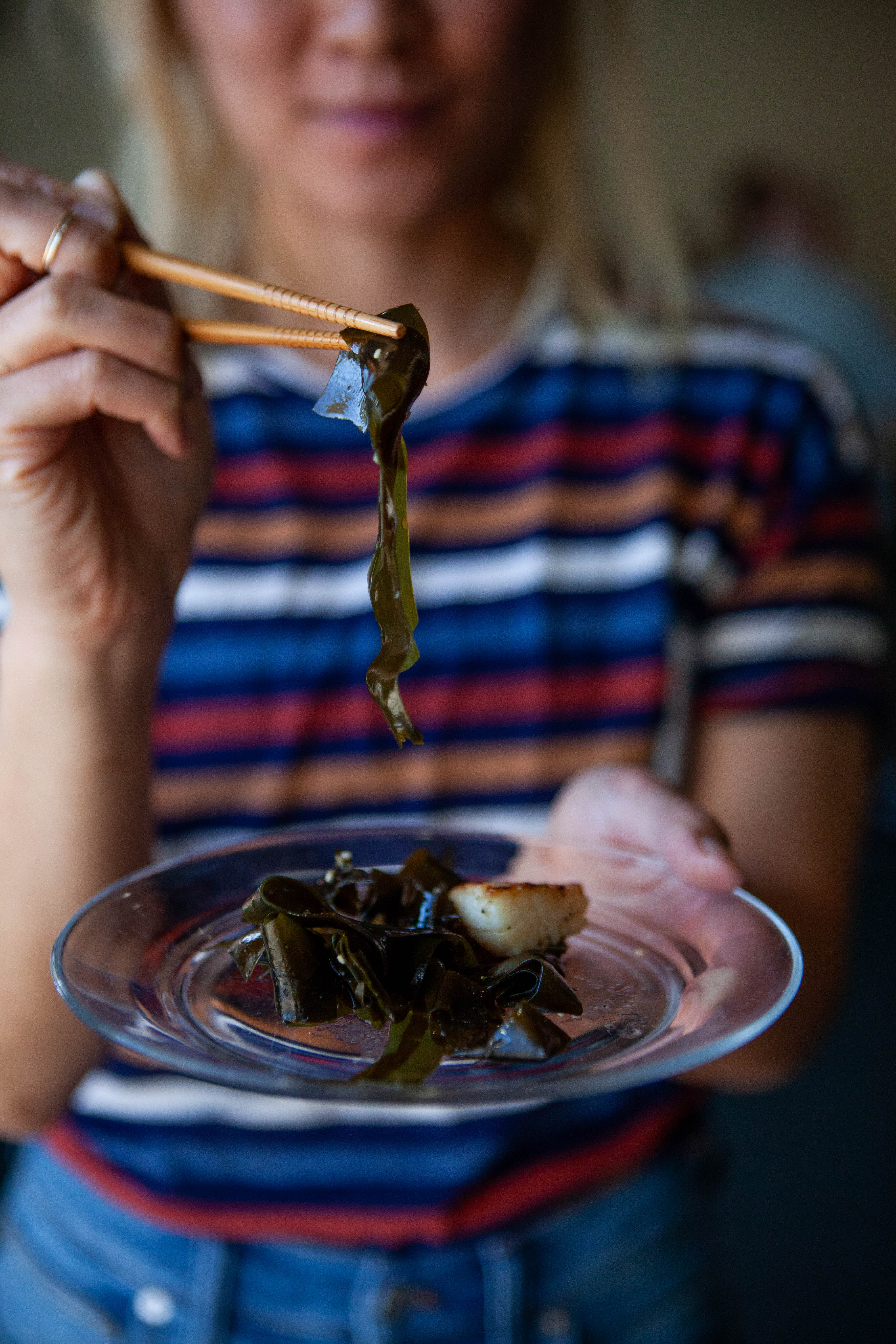
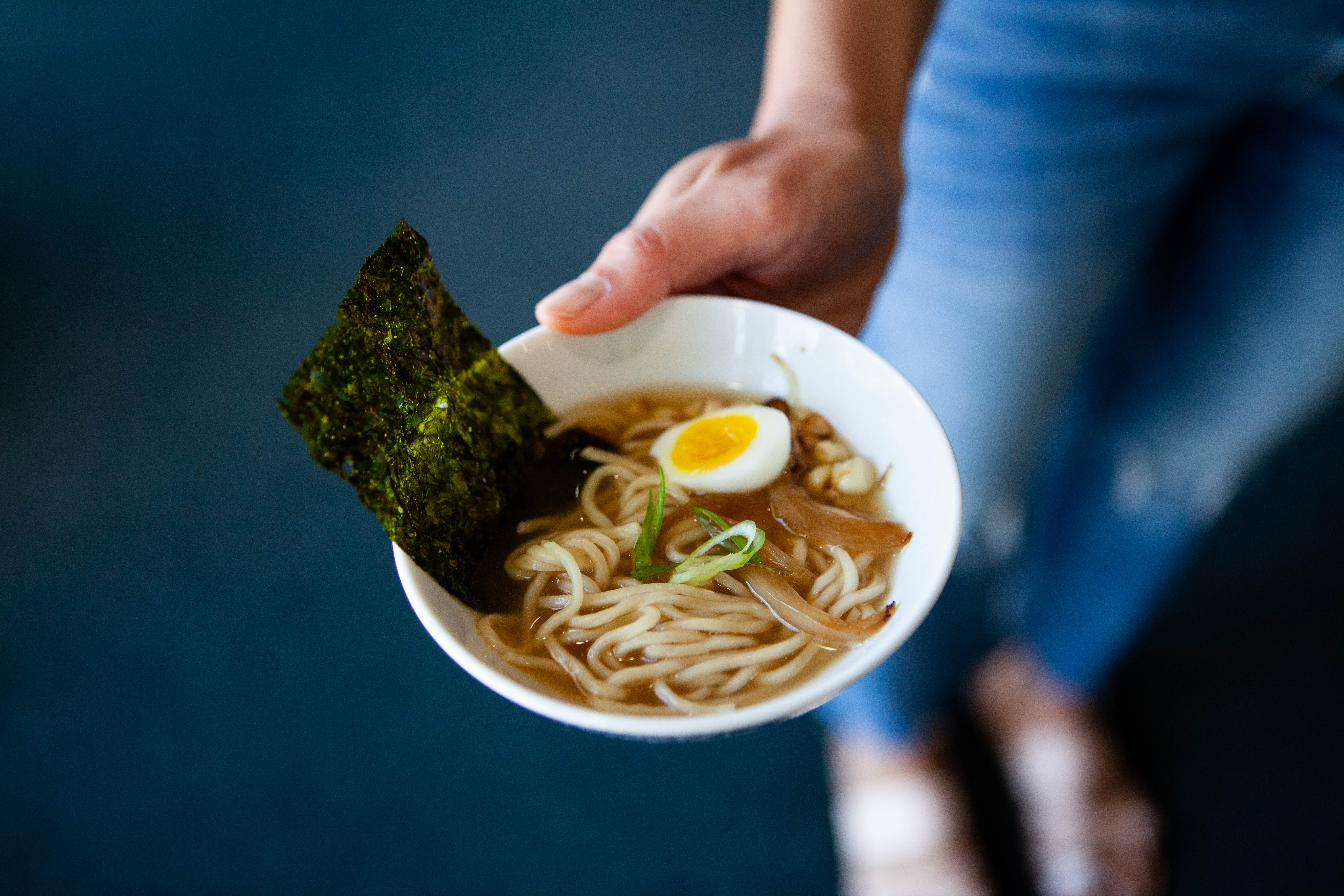
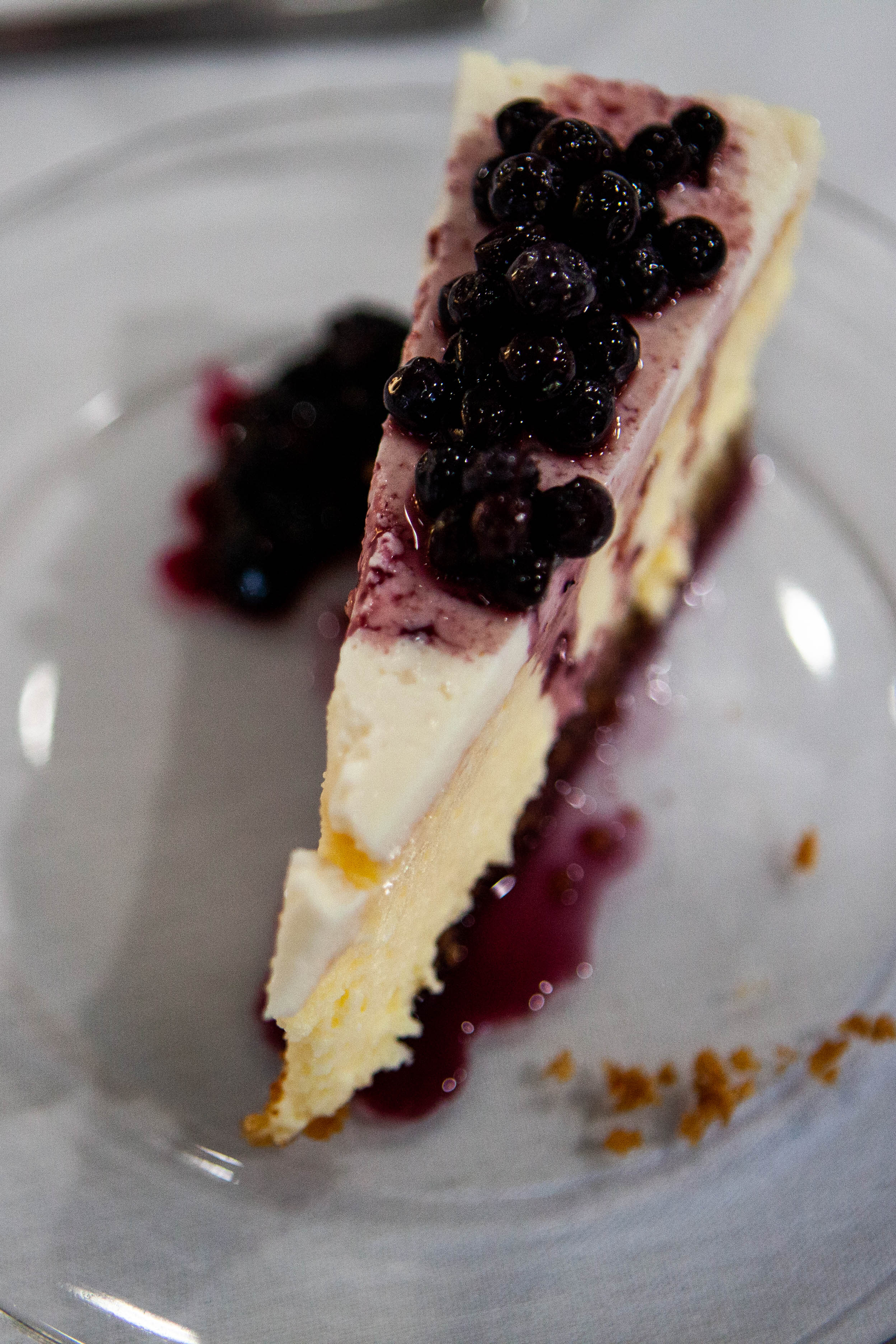
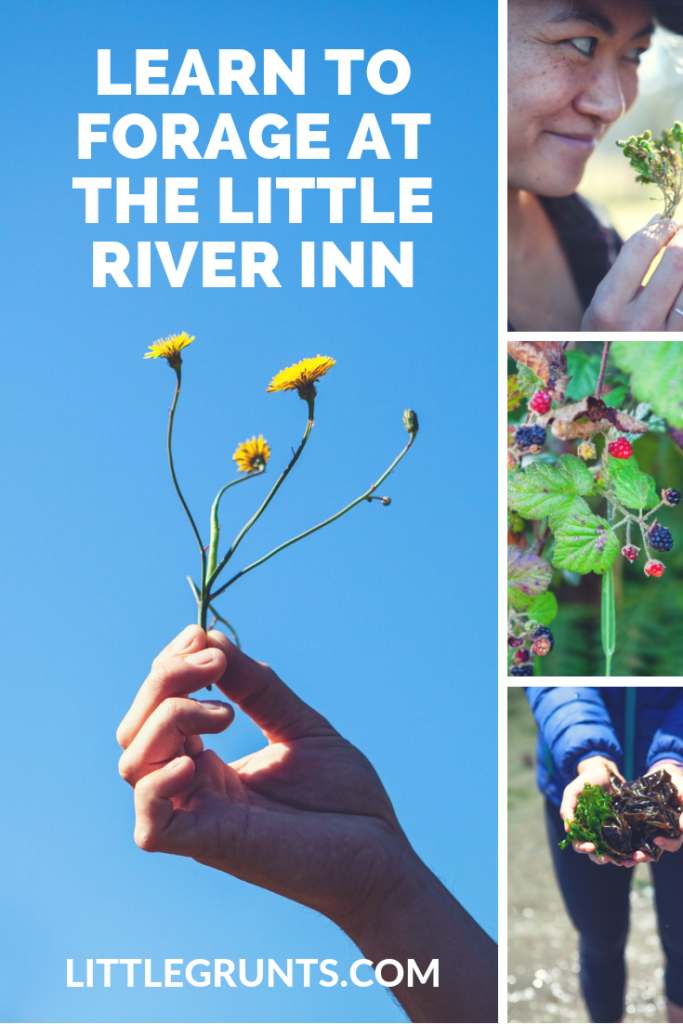
3 comments
That was a very fun event! Can’t wait for the mushrooms and mussels events the Little River Inn will be hosting soon! Great meeting you Paulina!
Just found your blog. Cool. Was May 2, 2019 when you were there? Or the date you were writing about it? One addition I’d recommend is adding dates to the full-page blog post, photos, and/or specific events. I remember the concern over sea stars back in 2016 or before (why can’t we call them starfish anymore?). And algal blooms seem to have a seasonality to them. You didn’t say how tasty your special event foraged food was – this is different than from the restaurant. So, how was it?
Were the purple sea urchins any good? I can’t seem to find uni in restaurants anymore, and they’re supposed to be a delicacy. A link of interest: https://www.splendidtable.org/story/why-we-should-be-eating-more-purple-sea-urchins